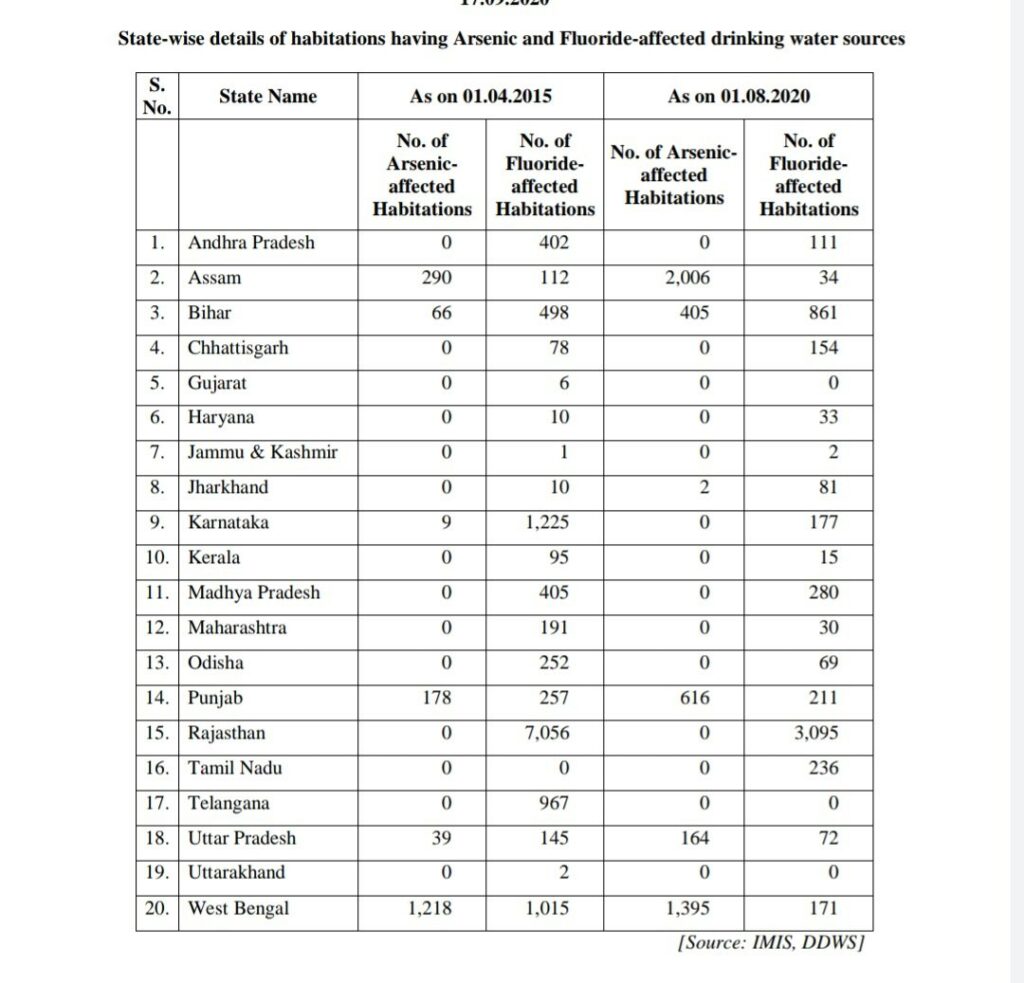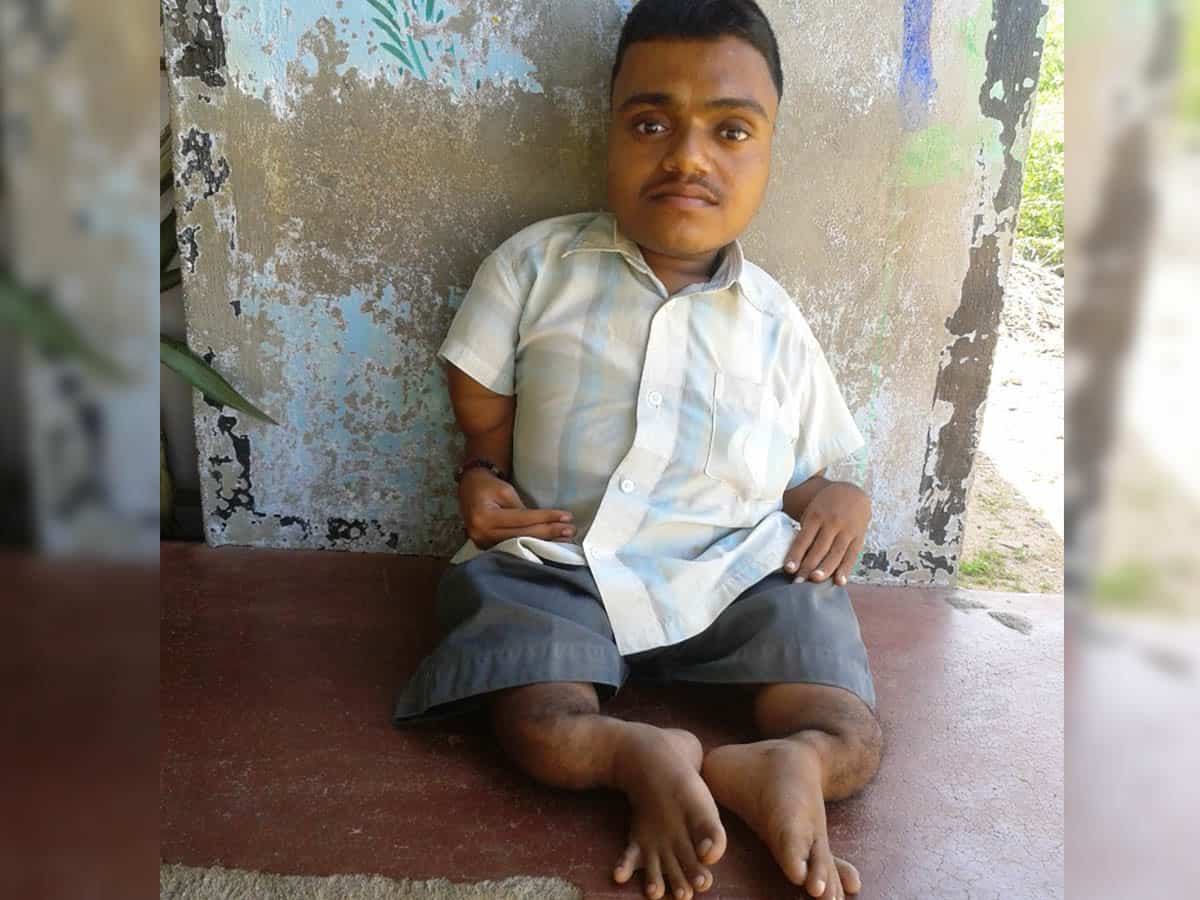Hyderabad: The Telangana government on Friday claimed that the state has no fluoride-affected habitations, thereby becoming free of the bone-crippling disease that has ruined the lives of thousands of people over several decades. Fluorosis is caused due to the contamination of drinking water with high fluoride content.

Quoting a report of the Department of Drinking Water and Sanitation by the central government in Parliament on Thursday, Telangana municipal administration minister KT Rama Rao tweeted that Telangana had been declared as the fluorosis-free state with zero affected areas along with Gujarat and Uttarakhand.
“No of Fluoride affected villages at the time of formation of #Telangana was 967. After the successful implementation of the Mission Bhagiratha, the number has come down to Zero. This is an excerpt from an official statement in parliament by Govt of India,” the minister tweeted.
The minister linked the achievement to the successful implementation of Mission Bhagiratha, a flagship programme introduced in the state in 2015, aimed at providing piped safe potable drinking water to every household. Special focus was laid on providing safe drinking water to the fluoride affected villages in the state.
Nalgonda in Telangana was the worst affected district by fluorosis, a crippling disease that affects bones and teeth due to the excessive intake of water having high fluoride content. Over one lakh people are suffering from the Villages such as Munugode, Nampally, Marriguda and Devarakonda have high fluoride content in water. According to the World Health Organisation norms, the maximum permissible limit of fluoride in drinking water is 1 milligram per liter. However, in the affected villages of Nalgonda district, it was 10 mg to 19 mg.
In February this year, the Indian Natural Resource Economics and Management (INREM) Foundation which conducted a survey in the fluoride affected villages of Nalgonda declared that there had been no new cases of fluorosis reported in the district in the last six years. INREM too suggested that the intensity of the disease came down due to the supply of safe drinking water under the Mission Bhagiratha.
However, Fluorosis Vimochana Samithi, an NGO working in the affected areas of Nalgonda, said the problem still persisted in several villages. “The successive governments have taken measures such as setting up of reverse osmosis and mineral water bottling plants in some villages and installation of de-fluoridation plants. But what about the groundwater? It still contains a high quantity of fluoride that enters the bodies of people through food,” Samithi convenor K Subhash said.
He pointed out that one can still notice several people with crippled limbs, twisted joints, bent spine, stunted growth and yellowish or brownish enamel on their teeth. “We don’t want symptomatic treatment to chronic disease. We want a permanent solution,” Subhash said.
The permanent solution, according to Subhash, is to complete the Srisailam Left Bank Canal project, which will lift water from the Srisailam reservoir, which would provide irrigation to three lakh acres of agricultural lands and drinking water to 516 villages, including the fluoride-hit villages of Nalgonda district. “The project, which began in 2005, has come to a halt. There is no sign of the project being completed in the near future,” Subhash said.

